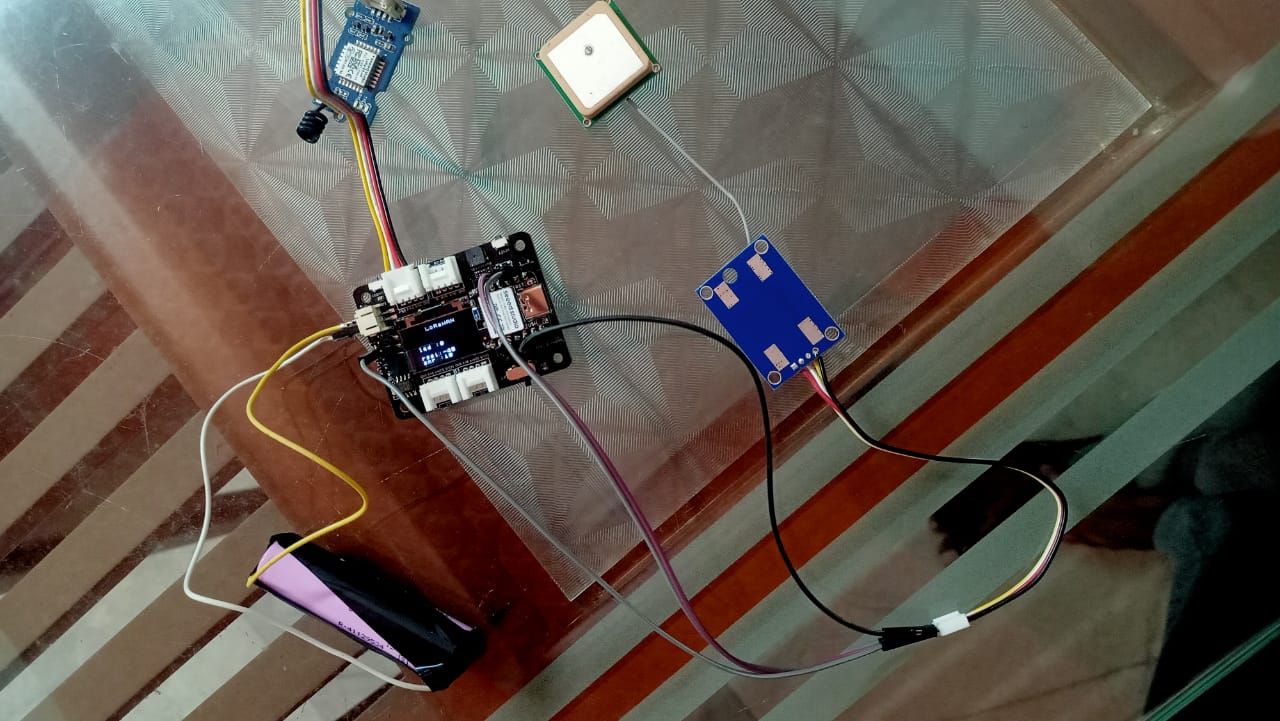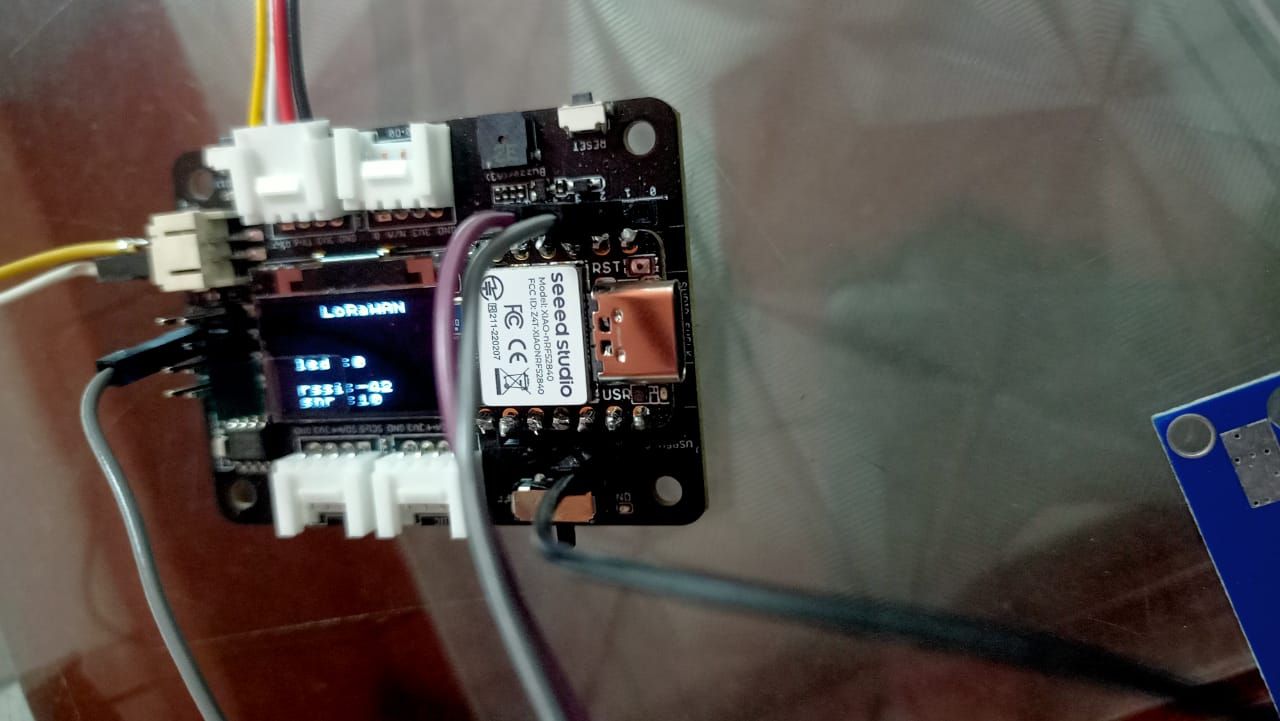8085 Microprocessor
-
In general, the 8085 is an 8-bit microprocessor that was introduced by the Intel team in 1976 using NMOS technology. The microprocessor has been updated with this processor. The 8085 microprocessor has the following configurations: data bus (8 bits), address bus (16 bits), programme counter (16 bits), stack pointer (16 bits), registers (8 bits), +5V voltage supply, and operates at 3.2 MHz single segment CLK. Microwave ovens, washing machines, and other electronic devices use the 8085 microprocessor. The 8085 microprocessor has the following characteristics:
This microprocessor is an 8-bit device that receives, operates, or outputs 8-bit data in a parallel manner.
The processor has 16-bit and 8-bit address and data lines, so the device has 216 bytes of memory, or 64KB.
This is made up of a single NMOS chip device with 6200 transistors.
There are 246 operational codes and 80 instructions in total.
Because the 8085 microprocessor has 8-bit input/output address lines, it can address up to 28 = 256 input and output ports.
This microprocessor is available in a DIP package of 40 pins
In order to transfer huge information from I/O to memory and from memory to I/O, the processor shares its bus with the DMA controller.


